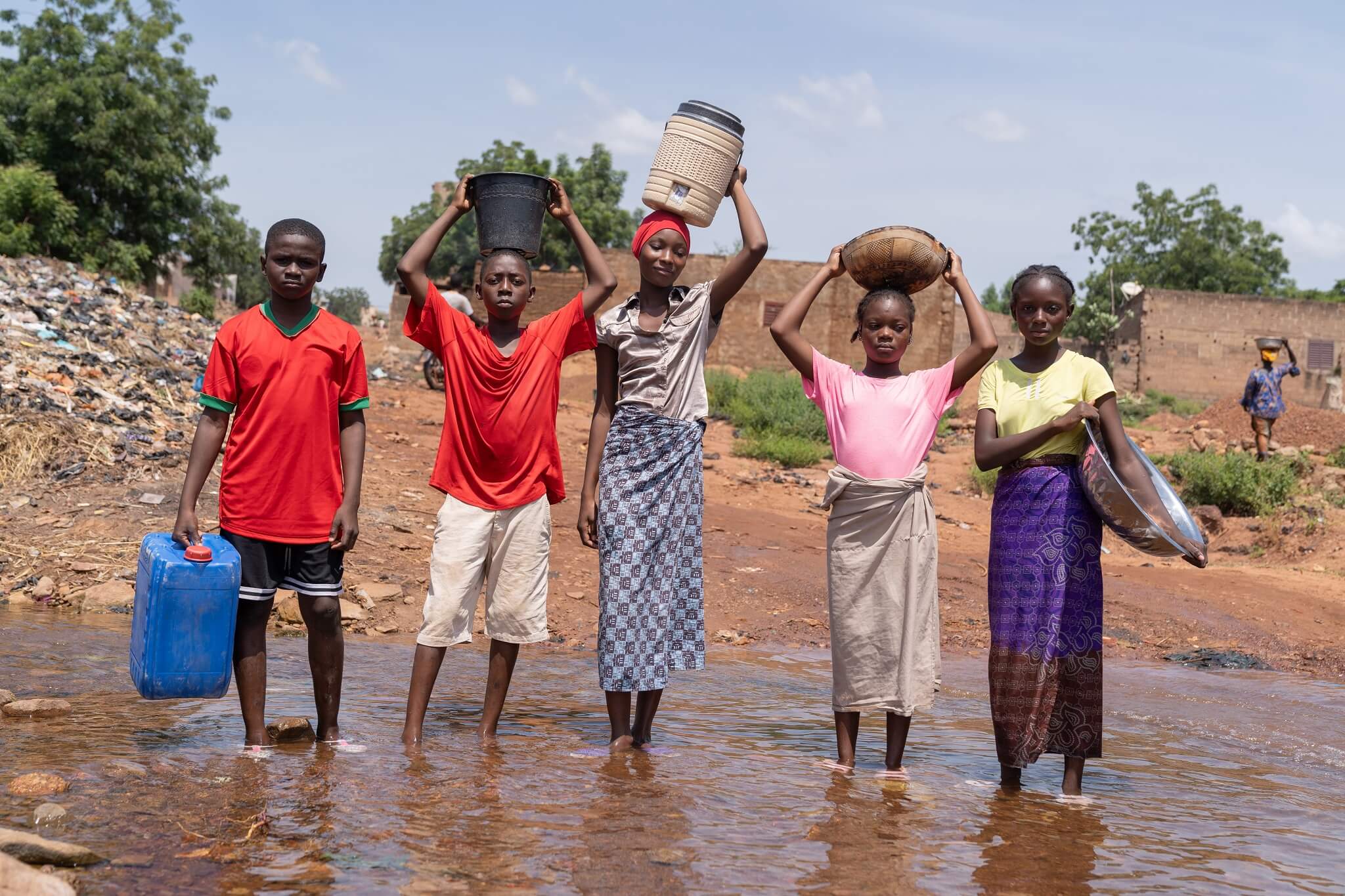Neglected tropical diseases (NTDs) are a group of infections common in subtropical and tropical regions of Africa, Asia, and the Americas. They are primarily found among low-income populations and impoverished communities who are without access to clean water, adequate sanitation, and quality health care.
One out of every five people on the planet requires annual treatment to prevent neglected tropical diseases. Neglected tropical diseases threaten more than 1.6 billion people including nearly 1 billion children with stunted growth, irreversible blindness, swollen limbs, and excruciatingly painful itching.

Epidemiology
NTDs are caused by a diverse group of pathogens including viruses, bacteria, parasitic worms (helminths), fungi and toxins. Twenty neglected tropical diseases are prioritized by the World Health Organization (WHO) which estimates that NTDs affect more than 1.6 billion marginalized people and places a further two billion people at risk.
The epidemiology of NTDs is complex. Many are vector-borne, have animal reservoirs and are associated with complex life cycles. In some cases, effective public-health control is challenging, requiring population-based mass drug administration (MDA) via common distribution platforms, including schools, door-to-door, and fixed booths set up within the community at strategic locations.
WHO’s action to control, prevent, eliminate and eradicate NTDs is guided by the NTD road map for 2021-2030 which recommends coordinated scale-up of key interventions through public health approaches such as preventive chemotherapy, individual case management, vector control, veterinary public health and water, sanitation and hygiene (WASH).
Health and Economic Consequences
NTDs cost developing nations billions of dollars each year in direct health costs, lost productivity, and reduced socioeconomic and educational attainment. They are also responsible for other consequences such as disfigurement, disability, stigmatization, social exclusion and discrimination, and place considerable financial strain on patients and their families.
People affected by NTDs may experience long term adverse health and educational outcomes, making it difficult to earn a living and limiting productivity in school and at work.
The paradox is that many NTDs are preventable and treatable at an affordable cost. For example, treatment of schistosomiasis (also known as snail fever or bilharzia costs) with praziquantel for costs about US $0.20 per child per year. WHO, in collaboration with pharmaceutical companies, nongovernmental organizations (NGOs) and other mission-driven advocacy groups in the nonprofit sector have led initiatives to provide free or low-cost drugs to endemic countries through large-scale MDA programs. Additionally, MDA efforts (e.g., mass deworming) have been successful in a number of countries.
Reasons for Neglect
Despite their significant burden, NTDs have historically been eclipsed by other global health priorities, like HIV, malaria, and tuberculosis, resulting in a gap in resources and attention. This neglect perpetuates a vicious cycle of disease and poverty, particularly in communities with limited access to healthcare, clean water, and sanitation. They are called “neglected” because these diseases fail to get attention on a global health agenda. NTDs has also been underestimated since many are asymptomatic and have long incubation periods. The association between death and a NTD that has been latent for a long period is often not realized.
Stigma
Neglected tropical diseases are often associated with social stigma, making their management more complex. Stigma adversely affects disease control by decreasing help-seeking and treatment adherence. Over the past few decades, disease control programs have begun to integrate stigma mitigation into the overall treatment plan.
Some NTDs, such as lymphatic filariasis, can cause severe disfigurement leading to stigmatization and social exclusion, which in turn can impact mental health and economic productivity.
Economic Incentives
Neither treatment nor prevention of NTDs are “profitable” endeavors since they primarily occur among low-income populations and impoverished communities. Successful NTD treatment programs have largely relied on collaboration of governments in subtropical and tropical regions of Africa, Asia, and the Americas with pharmaceutical companies, NGOs and other mission-driven advocacy groups in the nonprofit sector, including Mectizan Donation Program (MDP), Merck Foundation, GSK, the Gates Foundation and the WHO, the World Bank and UNICEF, as well as ministries of health, and local communities.
List of Diseases
The WHO recognizes the twenty diseases below as neglected tropical diseases (NTDs).
- Buruli ulcer
- Chagas disease
- Dengue & Chikungunya
- Dracunculiasis
- Echinococcosis
- Yaws
- Fascioliasis
- African trypanosomiasis
- Leishmaniasis
- Leprosy
- Lymphatic filariasis
- Onchocerciasis
- Rabies
- Schistosomiasis
- Soil-transmitted helminthiasis
- Cysticercosis
- Trachoma
- Scabies & other ectoparasites
- Snakebite envenoming
- Mycetoma & deep mycoses
Source: Adapted primarily from (i) Neglected Tropical Diseases, World Health Organization website, Accessed 7 March 2025 at https://tinyurl.com/bdz4cvsr; (ii) Neglected Tropical Diseases, World Health Organization website, Accessed 7 March 2025 at https://tinyurl.com/4dfbrzzb; (iii) Neglected Tropical Diseases, Wikipedia, The Free Encyclopedia, 2 March 2025, , Accessed 7 March 2025 at https://tinyurl.com/43pf3zj2; (iv) What are neglected tropical diseases (NTDs)?, Unlimit Health website, Accessed 7 March 2025 at https://unlimithealth.org/ntds/; (v) Global report on neglected tropical diseases 2024. Geneva: World Health Organization; 2024. Licence: CC BY-NC-SA 3.0 IGO, , Accessed 7 March 2025 at https://tinyurl.com/2zz5495c. Additional information from: (i) Ca J, Kumar P VB, Kandi V, N G, K S, Dharshini D, Batchu SVC, Bhanu P. Neglected Tropical Diseases: A Comprehensive Review. Cureus. 2024 Feb 9;16(2):e53933. PMID: 38468991; PMCID: PMC10925483.\; and (ii) Branda F, Ali AY, Ceccarelli G, Albanese M, Binetti E, Giovanetti M, Ciccozzi M, Scarpa F. Assessing the Burden of Neglected Tropical Diseases in Low-Income Communities: Challenges and Solutions. Viruses. 2024 Dec 28;17(1):29. PMID: 39861818; PMCID: PMC11769400.

